Introduction
Da Chang Gen, a hearty and flavorful Taiwanese soup, is a culinary treasure that has captured the hearts and palates of food enthusiasts across the globe. Rooted in Taiwan’s vibrant street food culture, this dish combines tender pork intestines, silken blood pudding, and a medley of aromatic ingredients in a rich, savory broth. Often dubbed “Taiwanese Pork Intestine Soup,” Da Chang Gen is celebrated for its bold flavors, textural contrasts, and its ability to warm the soul on chilly days or satisfy late-night cravings. While its name might sound intimidating to the uninitiated, this dish is a testament to the art of transforming humble ingredients into a gourmet experience. In this guide, we will explore the history, ingredients, and meticulous preparation required to recreate this iconic dish in your own kitchen.
The Origins and Cultural Significance of Da Chang Gen
Da Chang Gen’s story begins in the bustling night markets of Taiwan, where vendors have perfected the balance of umami-rich broths and tender offal over decades. The dish’s name translates to “large intestine soup,” reflecting its star ingredient: pork intestines, which are meticulously cleaned and cooked to achieve a melt-in-your-mouth texture. While offal dishes are common in many Asian cuisines, Da Chang Gen stands out for its harmonious blend of flavors and textures. It is believed to have roots in Fujianese cuisine, brought to Taiwan by immigrants, and later adapted to local tastes. Today, it is a staple in night markets, family-run eateries, and home kitchens, symbolizing the Taiwanese ethos of frugality and culinary ingenuity.
Ingredients: Assembling the Building Blocks of Flavor
Crafting authentic Da Chang Gen requires a careful selection of ingredients, each contributing to the dish’s depth and complexity. Here’s a breakdown of the essential components:
- Pork Intestines: The star of the show, these should be fresh and thoroughly cleaned to eliminate any off-putting odors. Look for thick, pliable intestines with a pinkish hue.
- Pork Blood Pudding (Xue Doufu): A silken, coagulated blood cake that adds a unique richness. Opt for firm, dark red varieties.
- Tofu: Medium-firm tofu complements the broth’s texture without disintegrating.
- Bamboo Shoots: Fresh or canned bamboo shoots provide a crisp, earthy counterpoint.
- Aromatics: Garlic, ginger, and scallions form the flavor base, while dried shrimp or bonito flakes add umami.
- Broth: A combination of water, soy sauce, rice wine, and spices like star anise and Sichuan peppercorns.
- Seasonings: White pepper, vinegar, and chili oil for finishing touches.
The Art of Cleaning Pork Intestines
The key to exceptional Da Chang Gen lies in properly cleaning the pork intestines. This step is non-negotiable, as it eliminates impurities and ensures a clean, mild flavor. Here’s a step-by-step method:
- Rinse and Turn: Rinse the intestines under cold water, then use a chopstick to gently turn them inside out.
- Scrub with Salt and Vinegar: Rub the intestines with coarse salt and white vinegar, scrubbing vigorously to remove slime and residue.
- Flour Treatment: Coat the intestines with all-purpose flour, kneading them to absorb remaining odors. Rinse thoroughly.
- Blanch: Parboil the intestines in a pot of boiling water with ginger slices and rice wine for 5 minutes. Drain and rinse again.
Preparing the Broth: Layering Flavors
The broth is the soul of Da Chang Gen, requiring patience and attention to detail. Begin by sautéing minced garlic, ginger, and scallion whites in a large pot until fragrant. Add dried shrimp or bonito flakes for depth, followed by water or pork stock. Bring to a simmer and skim off any foam that rises to the surface. Introduce soy sauce, dark soy sauce for color, a splash of rice wine, and a star anise pod. Let the broth gently simmer for at least 30 minutes to meld the flavors.
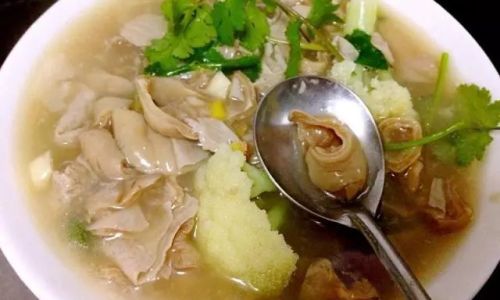
Assembling the Soup: Textures and Tempos
Once the broth is ready, it’s time to assemble the components in stages to ensure each ingredient cooks to perfection:
- Pork Intestines: Slice the blanched intestines into bite-sized pieces and add them to the simmering broth. Cook for 20–25 minutes until tender but not mushy.
- Blood Pudding: Cut the blood pudding into cubes and gently add them to the pot. Simmer for 5–7 minutes to warm through.
- Tofu and Bamboo Shoots: Add cubed tofu and sliced bamboo shoots, cooking for an additional 5 minutes to infuse them with broth.
- Season: Adjust the seasoning with soy sauce, white pepper, and a splash of vinegar. For heat, add a drizzle of chili oil.
Serving Suggestions: Elevating the Experience
Da Chang Gen is traditionally served in a deep bowl, garnished with fresh cilantro, fried garlic bits, and a squeeze of lime. Pair it with steamed rice, pickled vegetables, or a side of youtiao (Chinese crullers) for dipping. For a heartier meal, add noodles to the broth to transform it into a satisfying noodle soup.
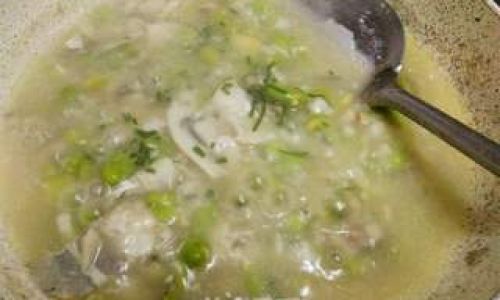
Variations and Customizations
While the classic recipe is a masterpiece in itself, home cooks often adapt it to suit personal preferences:
- Vegetarian Twist: Substitute pork ingredients with mushrooms, konjac, and vegetable broth.
- Spicy Kick: Elevate the heat with doubanjiang (fermented chili bean paste) or fresh bird’s eye chilies.
- Seafood Infusion: Add shrimp or squid during the final minutes of cooking for a briny twist.
Tips for Success

- Sourcing Ingredients: Visit Asian markets for authentic pork blood pudding and dried shrimp. If unavailable, substitute with smoked tofu or mushrooms.
- Cleanliness is Key: Never rush the intestinal cleaning process—thoroughness here guarantees a pristine broth.
- Broth Mastery: Simmer the broth gently; aggressive boiling will cloud the liquid and toughen the intestines.
- Texture Balance: Avoid overcooking the blood pudding, as it can become crumbly.
Troubleshooting Common Pitfalls
- Mushy Intestines: Overcooking. Stick to the recommended times and test for tenderness with a fork.
- Bitter Broth: Under-skimming during the initial simmer. Remove all foam for a clear, clean base.
- Bland Flavor: Under-seasoning. Taste and adjust incrementally, especially after adding each ingredient.
The Cultural Tapestry of Da Chang Gen
Beyond its culinary appeal, Da Chang Gen embodies Taiwan’s multicultural identity. Its roots in Fujianese cuisine, adaptation by Hakka communities, and embrace by Taiwan’s indigenous populations highlight the island’s history of migration and fusion. Today, it is a symbol of resilience, with night market vendors preserving traditional techniques amid modernization. For many Taiwanese, a bowl of Da Chang Gen evokes nostalgia—a comforting link to childhood, family gatherings, and the simple joy of sharing a meal.
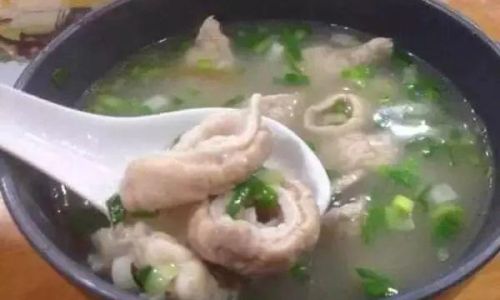
Health Considerations and Nutritional Profile
While Da Chang Gen is undeniably indulgent, it offers surprising nutritional benefits when enjoyed in moderation. Pork intestines are rich in protein, collagen, and vitamins B1 and B2, which support metabolism and skin health. Blood pudding is a good source of iron and zinc. However, the dish’s high sodium and cholesterol content means it should be an occasional treat rather than a daily staple. To mitigate this, balance your meal with fresh vegetables and opt for leaner proteins on other days.
Conclusion: Embracing the Journey
Mastering Da Chang Gen is a labor of love, requiring patience, precision, and an open mind. While the ingredient list may seem daunting, the process is deeply rewarding, offering a gateway to Taiwan’s culinary heritage. Whether you’re a seasoned home cook or a curious novice, this dish invites you to savor the magic of transformation—turning humble offal into a bowl of pure comfort. So, gather your ingredients, roll up your sleeves, and embark on a flavorful adventure that transcends borders and nourishes both body and soul. After all, as any Taiwanese chef will tell you, the best Da Chang Gen is made not just with skill, but with heart.
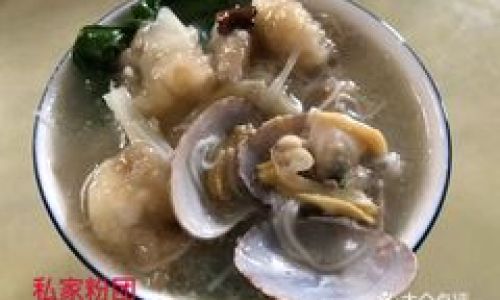
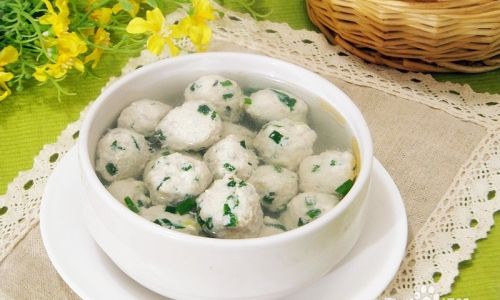
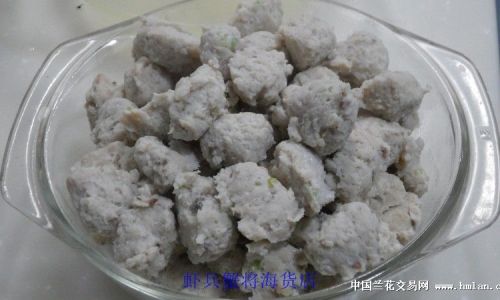
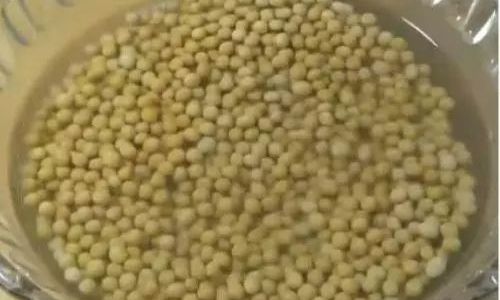
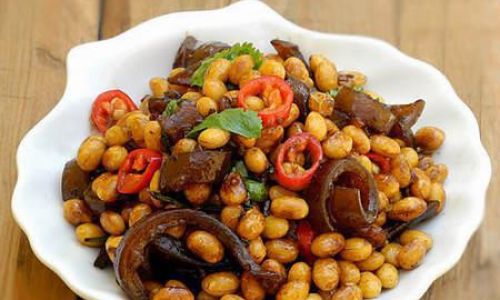
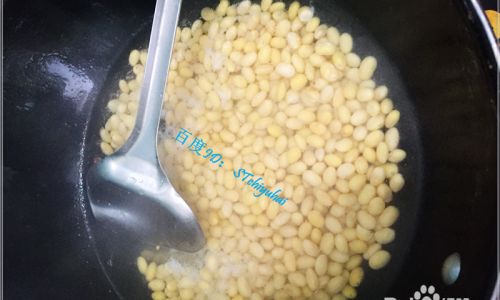
0 comments